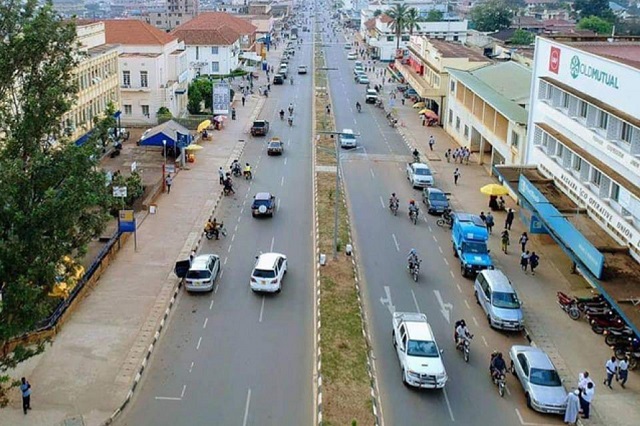
But who will pay for the new status?
Kampala, Uganda | THE INDEPENDENT | The former municipalities of Arua, Gulu, Jinja, Mbarara, Fort Portal, Mbale, and Masaka will become cities effective July 01.
The leaders of most of these municipalities pursued city status as a means of increasing their budgets; especially the portion contributed by the central government. They also wanted to increase their human resource capacity. Since each city automatically becomes a district, the leaders wanted to raise the number of positions available for political leaders such as members of parliament.
Even before they became cities, residents in the newly named cities have enjoyed some of the benefits of city status in recent years. However, confirmation of the elevation will pose new challenges.
In preparation for the elevation to the new status, the former municipalities enjoyed increased investments in new roads, markets, electricity distribution; including street lighting, piped water, sanitation and more. Most of them benefitted from the World Bank/IDA funded Uganda Support to Municipal Infrastructural Development (USMID) project implemented in 14 municipalities across the country.
The first phase of this was a six year project funded at US$160 million from FY 2013/14-FY 2018/19. Gulu, for example, got 17kms of new roads, 1,053 lighting stands, and more. The World Bank/IDA has given the government addition US$360 million for a second phase running for five years to 2023.
The project was designed to offer investment in urban infrastructure for improved institutional and delivery performance and enable access to resources to build their capacity. Although the USMID project contributed to less than 10% of the infrastructure needs of the municipalities, it led to increased agitation for city status. Confirmation of the city status, however, could lead to increased pressure for more and better service delivery.
Raising internal revenue
One of the biggest challenges for the new cities will be raising revenue.
Gulu Municipality, for example, has virtually no sources of local revenue. Its biggest sources of internally generated revenue are business licenses which yields about Shs200 million only or 0.5% of its budget. That is followed at a distance by property related duties/fees which yield just Shs100 million.
In 2007 Gulu had a budget of Shs6.6 billion. Most of this was from the central government and only Shs1.1 billion was expected to be generated internally. The area was just coming out of 20 years of the Joseph Kony insurgency and demand for restoration of basic services was high.
Ten years later, in 2017, the budget had gone up to Shs41.8 billion. Still, only Shs6.7 billion was expected to be internally generated; Shs33.8 billion was from government grants, and the rest from other sources. Almost the same figures applied for the FY2018/19.
On average, most of the money goes to roads and engineering (approx.50%), followed by education (Approx.20%) and production and marketing (approx.12%).
Gulu leaders are banking on agriculture because of the fertile soils. But they must also look elsewhere; at licensing more businesses, markets, and taxi parks. But raising internal revenue is complex.
In FY2018/19, Kampala Capital City Authority proposed a budget of Shs479.9 billion. Its top five performing revenue sources are property rates, business licenses, local service tax, parking fees, rent and rates, and land fees. But it generated only Shs122 billion internally in 2017/18 FY. In FY 2019/20 the KCCA budget was cut by Shs90 billion.
While revenue is low, the expenditure of a city is high. Up to 50% of KCCA revenue goes to roads and engineering followed by administration and human resource 18%.
In FY 2018/19 Mbarara Municipality passed a budget of Shs27.8 billion. Of this, only Shs7.6 billion was budgeted to be internally generated and most of the rest was to come from the government.
In FY2019/20, the Mbarara Municipality budget was Shs25.7 billion and Shs17.7 billion was to come from the central government. Most of Mbarara’s budget was going to education (50%), followed by roads and engineering 17%. Most of the internally generated resources come from property related duties/fees, business licenses, park fees, and market/gate charges in that order.
 The Independent Uganda: You get the Truth we Pay the Price
The Independent Uganda: You get the Truth we Pay the Price



